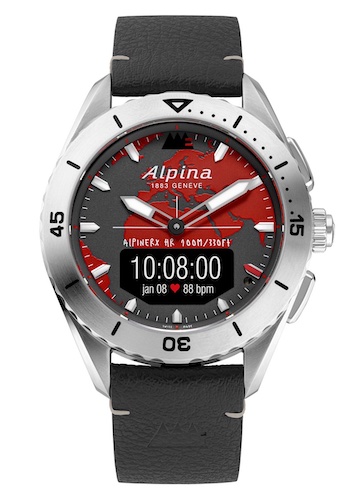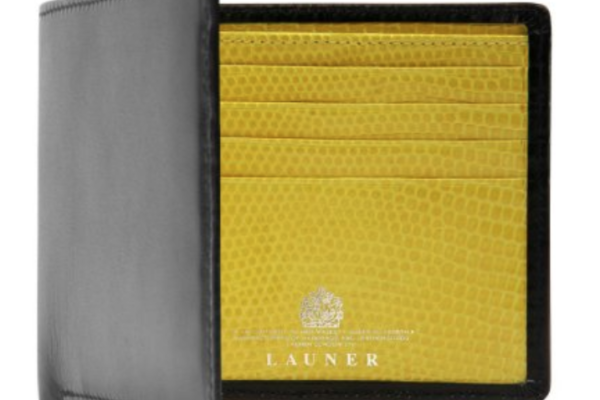Freeride World Tour champion, podium taker at Nine Knights and title holder of the European Skier of the Year, Markus Eder is, without doubt, one of the worlds most versatile freeskiers. Parks, streets, mountains and backcountry Eder has proven time and time again that he is a well-armed cross-discipline disciple.
What was it about this sport that captivated you when you started? How do you feel about it now?
The thing that got me hooked was the sense of freedom! Coming from alpine skiing where the path is truly beaten and you don’t dare get off it, all of a sudden I found myself in a world with basically no rules. It was all on us and we loved it. No coaches to tell us what to do or what not to do. This sparked an immense fire in me.
Now the sport has grown and changed compared to the early days when I started. Still, there’s a profound freedom to my sport. You get incentivised to get off the beaten path to do your own thing. Our sport is incredibly versatile and creativity is a must.
READ THE INTERVIEW IN THE ALPINE EDITION HERE
Tell us about your collaboration with Alpina. How do you use this watch whilst on the slopes?
I might not be like most other athletes. I mostly use the AlpinerX Alive which is an amazing smartwatch with all important functions but I’m not the guy constantly checking my heart rate and regulating my pace depending on that. I like to train by feeling. Feeling myself and my body and concentrating on that. I monitor most of my days in the mountains and see afterwards if the data matches the feeling that I had during the day. And besides all of that, the AlpinerX Alive is a unique and stylish looking watch to have on my wrist!
You’ve competed in X Games, won the FWT and even competed in the first Olympic Slopestyle in 2014. What goes through your mind when you’re competing, are you focused on the line or do you let go?
I’m super focused on my skiing. Especially the Freeride World Tour takes out the best and the most fanatic side of me. I’d hide myself in my hotel room for days, escaping from the outside world and even sponsor obligations to be able to fully focus and study my line. Most people simply see a rocky mountain covered in snow, to me there’s 1000 possibilities to ride it. I’m always trying to find something creative and unique. I wouldn’t be fully satisfied to ski and even win with the most obvious line. It has to be special. Something that nobody else sees. And when I finally do find it, it gets me even more fired up about studying each turn and hit and then finally ski it. I think that’s also the secret to my skiing.
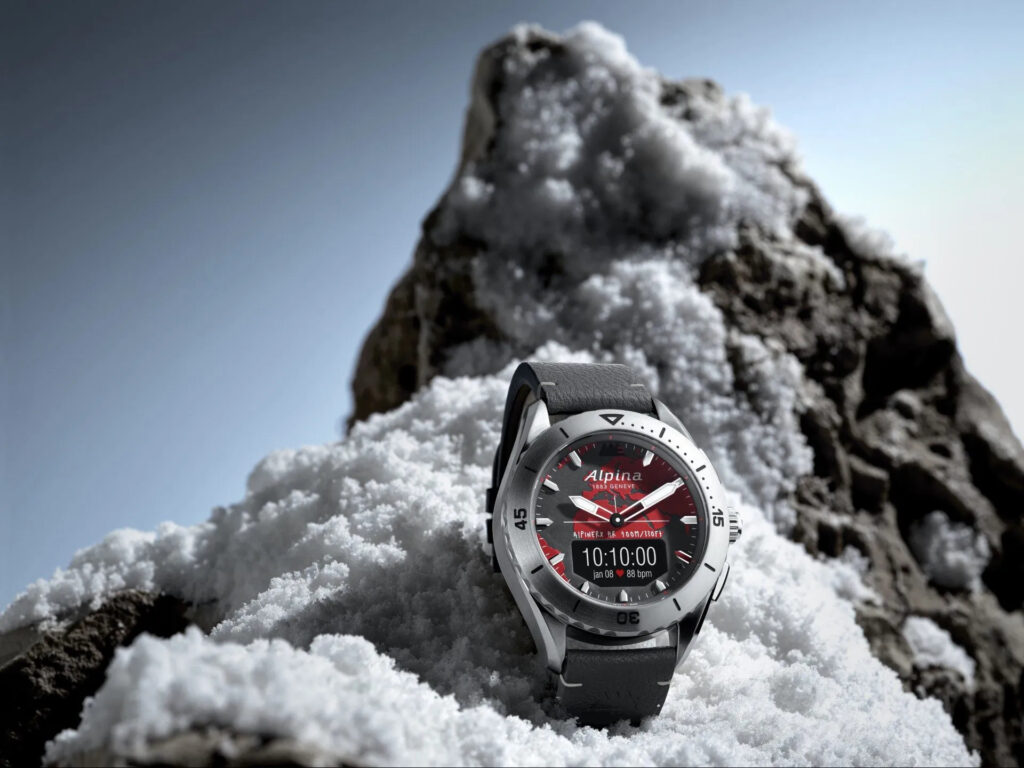
Alpiner X Alive
You’re highly accomplished but is there anything you still want to achieve from your career or have you moved forward with more lifelong endeavours since becoming Freeride World Tour Champion at the Xtreme Verbier?
I definitely wanted to win that title, it was on my list for years. I didn’t just want to win, but leave a mark. One big part of the motivation going for the FWT Champion title was to know that I’d have all the support I’d need from my sponsors to pull off “The Ultimate Run”, a film project that I’ve been dreaming about for years. Two years, a lot of work and big mental challenges later, fortunately it ended up having quite an impact on the ski world. Before releasing it I was dubious, even afraid, of how to move on. Do I even want to go on with skiing? How could I possibly level up myself again? Do I want to take a year off and see? But now the season has kicked off again and I’ve had the time to ski a lot, I fell in love with it again. There are so many great experiences still to be made and it was clear to me that it’ll still take a while for me to be fed up with it.
When did pre-production start for the epic The Ultimate Run and how long did it take you to plot the full run itself?
Pre-production actually started off 7 years ago. That’s when I started to put the first ideas on paper. Don’t worry, I haven’t been thinking that far ahead, but we actually tried to film it all that time ago. On the first shooting day in December 2014, I ended up dislocating my shoulder and that was it. If I think about it right now, I’m actually quite happy that happened. I had much more time to think it through and give the ideas the needed time to grow, gain much more experience and skiing skills to then pull it off in the best way we could.
Had you worked with Christoph Thoresen on other projects before?
Yes, we’ve filmed together for a couple of ski films and we’ve always had a good time together. Until then I only knew Christoph for being a great drone pilot. Sitting down with Tobi and Dani from LEGS OF STEEL production, they proposed him as director for the project, pointing out his broader skills. It was clear to me that he was the right man.
THE ALPINER X ALIVE
What did you take from the experience of shooting The Ultimate Run and has it made you want to push more into production? Or did the passion kick in earlier, perhaps when shooting Fade To Winter?
I think the passion kicked in long before all of that. Starting freestyle skiing when I was 14, ski and snowboard movies were our window to what was happening in the world. There are some movies that I watched literally thousands of times, a couple of times a day over and over again. We always wanted to do the same, and actually, made our own feature length movies. Everyone was a rider and filmer at the same time. Filming was always as important to me as competing. When my skiing got at a more national level we’d do a film with all the best Italian skiers. And slowly but surely I got into bigger film projects. Being able to film with the US based company called Matchstick Productions in 2013 was kind of a breakthrough moment for me where I’ve had the chance to be part of five of their movies.
Tell us about shooting the glacier scenes in Zermatt, it’s an incredible location for sure?
The mountains and their glaciers surrounding Zermatt are truly breathtaking! While it was really important and personal for me to shoot everything else at home in South Tyrol in Northern Italy, it was clear to me that the glacier and high alpine skiing would happen in Zermatt. The glaciers at an elevation of 4000 metres are just something else. Its huge square blocks allowed for the sort of skiing that I hadn’t really seen before, and which I wanted to do. At the same time it’s also incredibly scary places to be at. As soon as you step out of the helicopter you’re at risk. And not just you but the whole crew. Many times you’re moving on torn up glaciers with endless deep crevasses lingering underneath you or potential avalanches above you. It’s all about experience and knowing how the glacier flows to be able to navigate through it. Luckily Sam Anthamatten and the local guides helped us be as safe as possible even if there is no “safe” up there. In the film it looks quite straight forward but there has been a lot of thought and precaution going into every single shot.
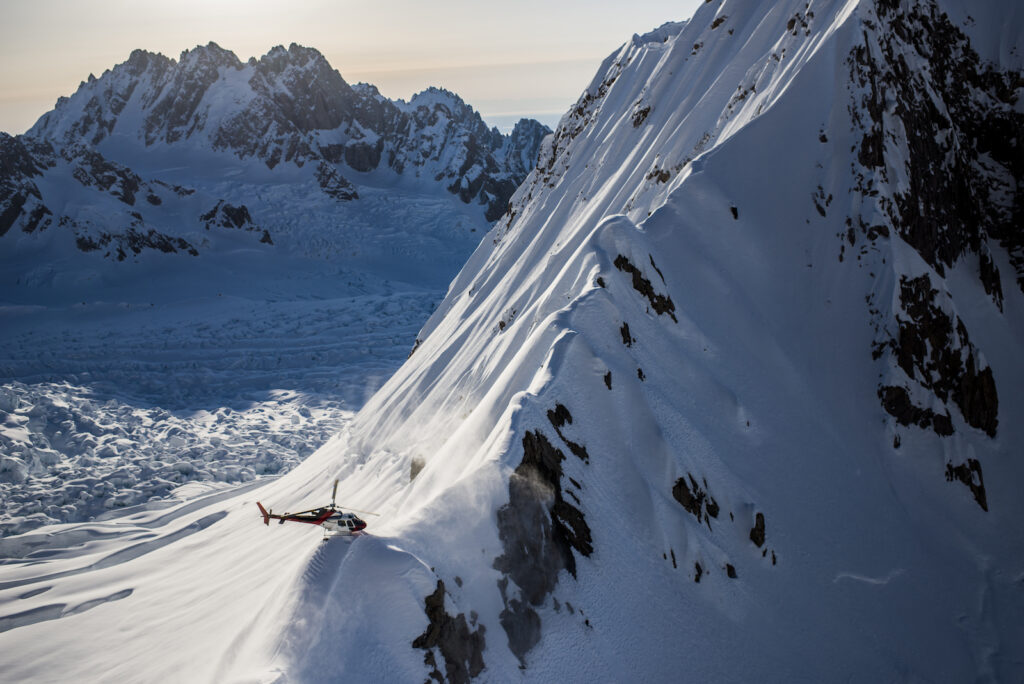
Credit: Blake Jorgenson
Can you tell us one of your most memorable life-affirming moments in and out of the mountains?
The Red Bull Linecatcher in Vars in 2011 was definitely one of those moments. It was my first freeride / backcountry competition and all my ski heroes were there. I didn’t expect anything of myself. What could I potentially do there? Do well? I didn’t think so and actually didn’t really want to go, I told my manager. A month before that I got my first freeride skis and tried to prepare the best I could. I ended up in second place behind Sean Pettit and in front of Tim Durtschi. I remember how I cried with joy and how the door into a complete new world opened to me. As of that moment on, I wasn’t just a freestyle skier anymore but I knew I wanted to ride the untracked mountains.
I experienced plenty life affirming moments in skiing but definitely much less off mountain. It’s actually kind of upsetting sometimes. Maybe it’s simply because I’m much more in the mountains than elsewhere.
Can we talk about your first line in Alaska, you hit that 20m cliff and sent a powder cloud down the mountain. What were you feeling before, during and after that epic run?
Well, first off, it was much bigger than I expected. That’s what Cody Townsend told me when I picked out that line and asked him for advice. I didn’t believe it. It looked big but totally manageable to me. You must know that over here in Europe, with the snow layer being much thinner, you get a different sense for the size. I had no experience in riding in AK yet but definitely learned my lesson quickly. While I was riding down the face on this big rollover towards the cliff, I had to keep a certain speed to not blind myself in the super deep snow on every turn. When I actually got to the cliff and first realised how big it actually was, there was no stopping anymore. If I had stopped, the plough I released on the earlier turns would have washed me off the cliff. I rather prefer to control the sail. Of course this decision happened unconsciously. The snow was incredibly deep which saved my landing. And after a big backslap I rode out of it. Only after looking at the shot, I realised that I was chased by a huge cloud of snow.
What are some of your earliest memories of skiing as a boy?
My memories are quite bad when it comes to my childhood. But I vividly remember one moment of a training day in ski racing. Not necessarily a nice one. We were doing just single turns, super slow and boring. The coach would analyse our technique and give us feedback. Then we’d hike up 30 meters and do that incredibly boring single turn again. I remember how I just wouldn’t understand the mistakes that the coach pointed out. I thought that it didn’t change anything on how fast I was anyway so maybe I just didn’t want to understand. Because of these mistakes, I had to do push-ups and I ended up doing quite a few that day. I remember how my coach and I didn‘t always see eye-to-eye!
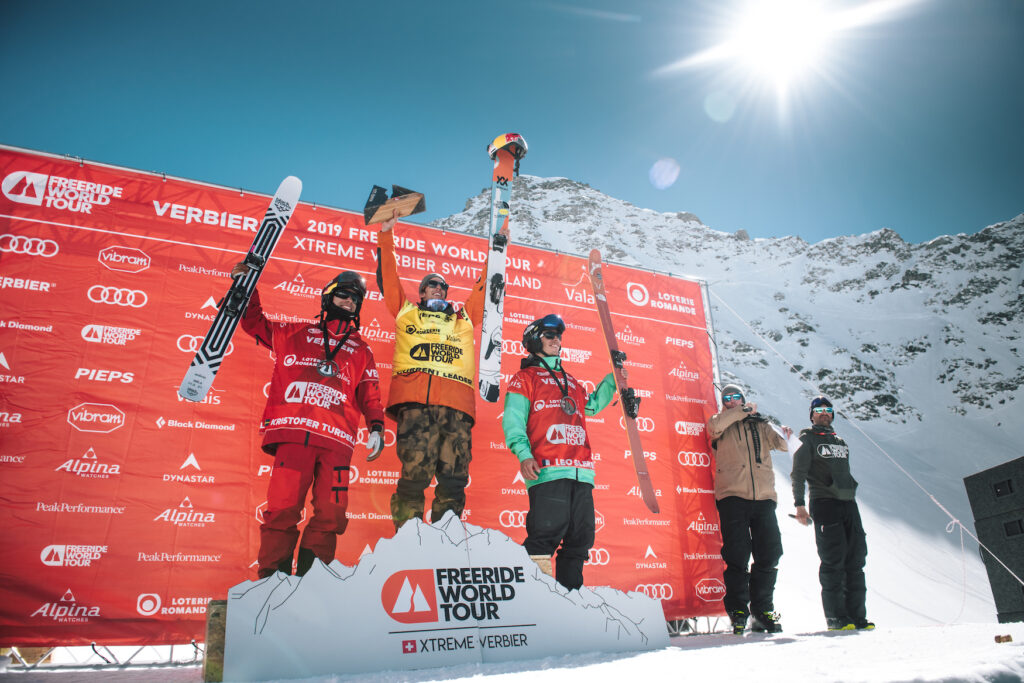
Credit: Adam Klingeteg
You’ve said that you pestered your mother to let you ski when you were three and she put you on a pair of your older sister’s plastic skis. Do you still have them or any of your early gear?
No, unfortunately I don’t have them anymore. I wish. They probably went to the bin.
What made you switch from racing to big mountain and park skiing?
I loved to ski race! Going fast and competing against others was great. But seeing the local snowboard crew doing their thing while we were standing in line and training was something else. A bunch of friends having the time of their lives was what I saw. I had no desire to snowboard but it got more and more clear to me that I’d quit racing. I didn’t even know that freestyle skiing existed at the time.
Did you have any other possible career paths in front of you or were you resolute to be in the mountains cutting it up all day?
I most definitely never expected to become somewhat professional or even turn it into my job. But unconsciously I laid out my life so I could ski more. I chose to study as an electrician where I had weekends off and could skip school once in a while. After that, I searched for a job where I wouldn’t have to work during wintertime. I remember my dad getting concerned when he saw the curriculum vitae I sent to different companies, asking for a couple of months off. Nobody would take me, he said. In the end, I got a job, and as soon as skiing paid off enough I’d quit the job for good and ski all year round.
Did you have a rigorous training program to get competition ready? Or did you take a more relaxed approach each season?
I definitely always wanted to do the best I could and skied every day. Not for the competition but for the sake of it. In the beginning, everything was much more unorganised. I’d find myself once again sleeping on somebody‘s floor, using all my clothes as a mattress and blanket, self-medicating my injuries with painkillers before the competition but I knew I had to show my best during competition. No doubt, I messed up many times as well.
The more my career advanced, the more fanatic I got about being the most prepared I could be. Especially in freeriding, I fall into an almost unhealthy fanaticism when it comes to finding and studying my lines.
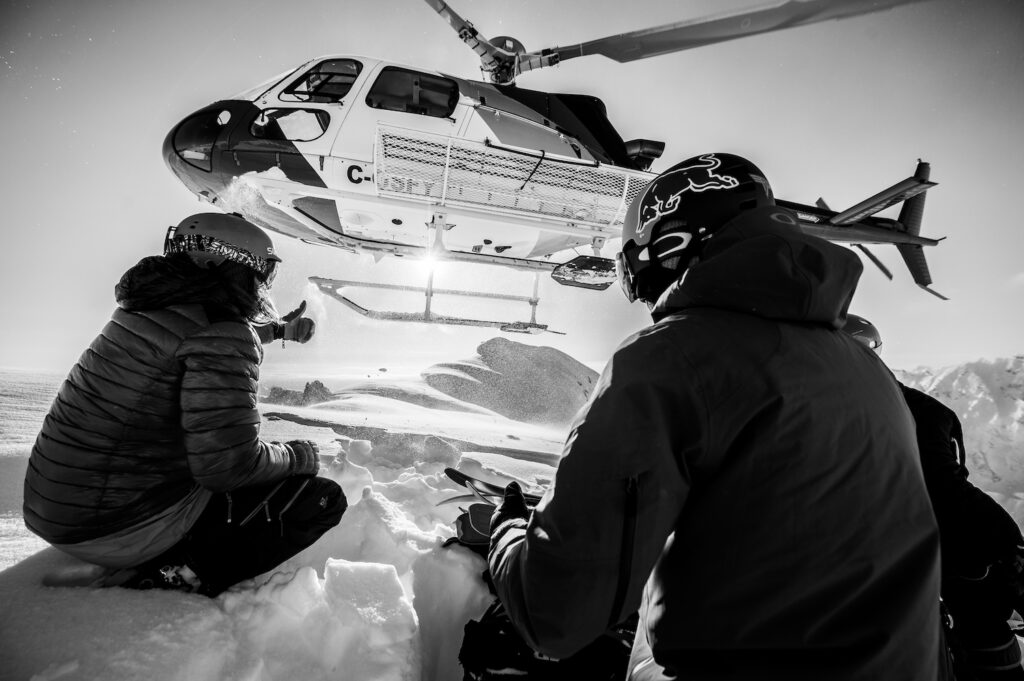
Credit: Blake Jorgenson
What’s your summer training like? Do you have any tips on preparing for the ski season?
I think I’m quite unusual when it comes to preparation. I usually don’t go to the gym or do pre skiing workouts. But what I do is turn my hobbies, like climbing, biking, hiking, skateboarding, slacklining and so on, into training. I’m obsessed with sport in general so If I’m just focusing on my hobbies I’m working out way more than doing it the traditional way. Of course, bouncing on the trampoline and training, I used to do it a lot. I still do that but much less nowadays.
The best preparation for skiing is still and will always be skiing for me. When I start off the season I’m mostly just getting my legs burning carving on the slopes and skiing off-piste with basically no jumping at all. Reminding the muscles how it works. Interval training on skis. And slowly I step it up.
What has been the most challenging mountain of your career to date and what is still up there on your bucket list?
The Mount Ushba expedition with Sam Anthamatten and Leo Slemett in the Caucasian mountains was for sure my biggest challenge. It required mountaineering skills, which I didn’t have, as well as a good endurance, which I was lacking as well. Sam didn’t want me to come with but I couldn’t let go. So I started training as hard as I could to show him that I was worth it. I might have never trained as much in my life as for that mountain. One winter and one summer I was hiking, ski touring and mountaineering as much as I could. Making the most experiences possible and learning as much as I could about ropes and everything that comes with. For the training I ended up on the Matterhorn, Mont-Blanc and got to climb a few amazing faces and mountains at home with good friends. Even if we didn’t make the first ascent of Ushba, it was all worth it.
Right now there’s no mountain in sight, or at least not a physical mountain. I will see what the future brings.
Growing up you were a racer, how did the park or big mountain start to appeal more to you?
Besides seeing the local snowboard crew, my now best friends, having such a great time, together with not wanting to obey the coach anymore, had me quit ski racing. At the time I had no idea what I wanted to do but every possible day I was up there with a friend, both on snowblades, jumping on every corner we found. Slowly we connected with the snowboard crew which provided us with ski and snowboard movies. I couldn’t believe what I saw on the screen. The tricks they did. The way they moved. Being laid back and super stylish. And that was the eyeopener. The big mountain came in quite a bit later as I mentioned earlier.
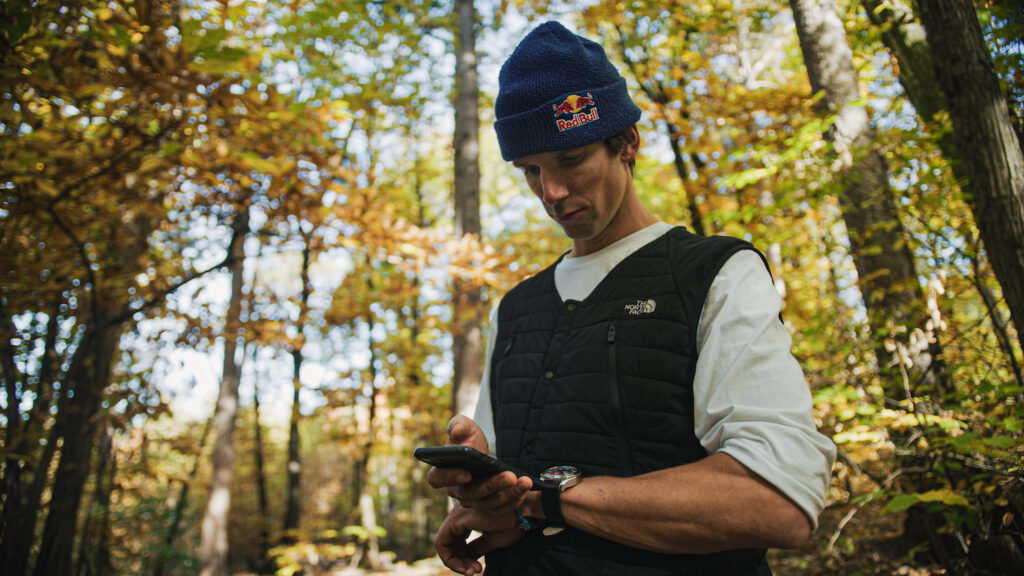
2021 AlpinerX Alive X Markus Eder Limited Edition
Talk to us about your standard and extreme kit setup for a day in the mountains?
My standard and extreme kit is pretty much always the same. Of course I always bring the Beacon, a probe and a shovel with me. Unless I know the avalanche danger is close to zero, I always choose my bigger shovel. The one you can use as a hook. It makes you so much faster on the digging side in case things go wrong. Most of the time I bring a saw with me as well, mostly at home to clean some home runs from branches or fallen trees. Usually I also bring an extra lens, something to drink, food and candy. I also take some cameras with me. My first aid kit is quite small and could definitely be a bit more thought through. Generally speaking, my backpack is always different depending on what I’m going to do. Sometimes crampons, ice axes and harnesses are required and if I’m riding the park it’s basically empty.
Freeriding isn’t just about being physically fit and having incredible stamina. How important is it to have the right equipment?
I actually think it’s most about stamina and physical fitness. The equipment is no doubt important as well. It makes you feel good and strong, you last longer since you can carry through the day saving more energy. Riding is also more enjoyable of course and that makes you want to be out there longer as well. The biggest upgrade and change in my skiing came from the Völkl Revolt 121, a ski we developed with the team over a period of one and a half years. I was used to a ski that was developed a while ago by somebody not that passionate about freeriding, and all of a sudden, I had the best and most thought through ski in the game. However, the best equipment doesn’t automatically make you a good skier. You’ve got to have the inner will as well.

